Gyotaku Prints
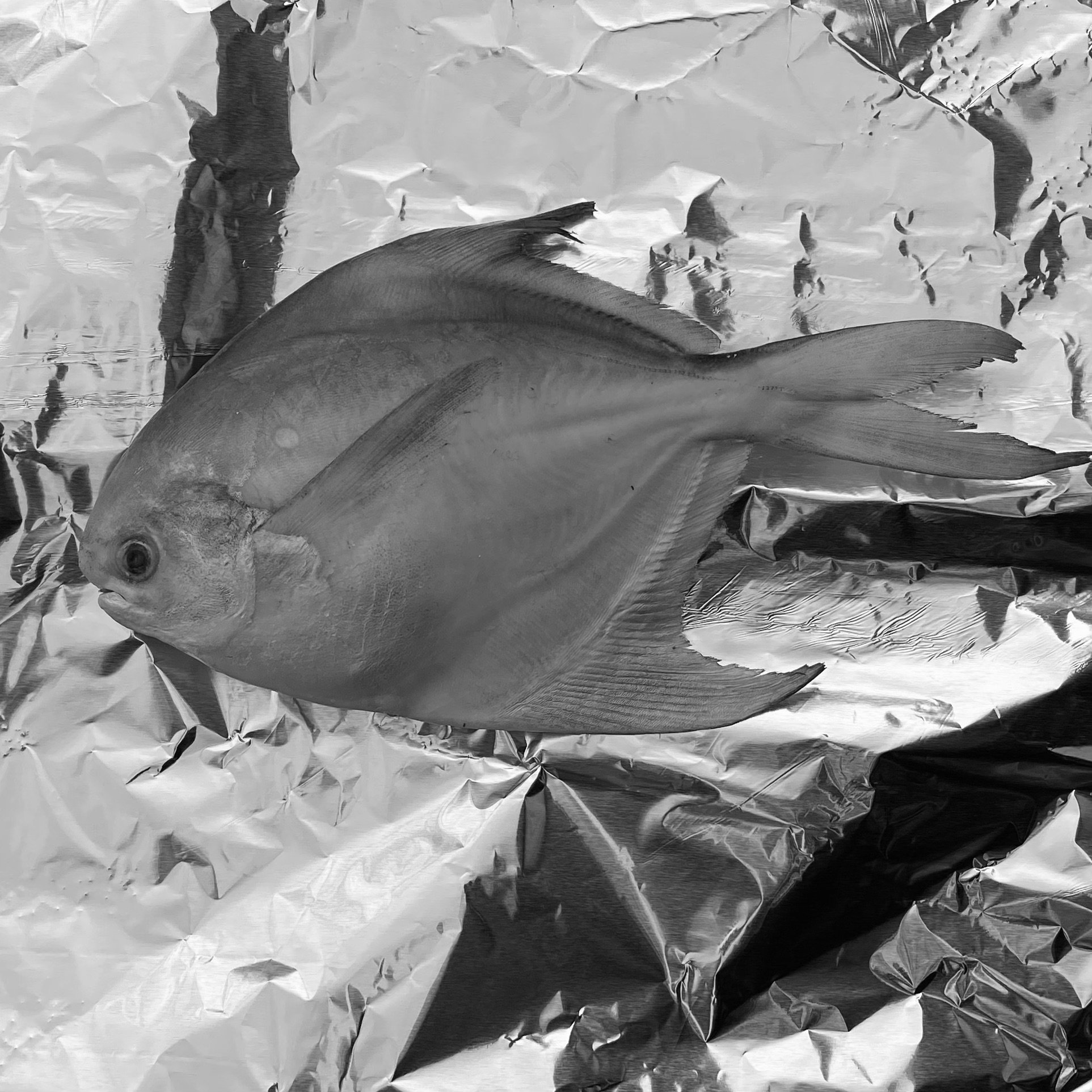
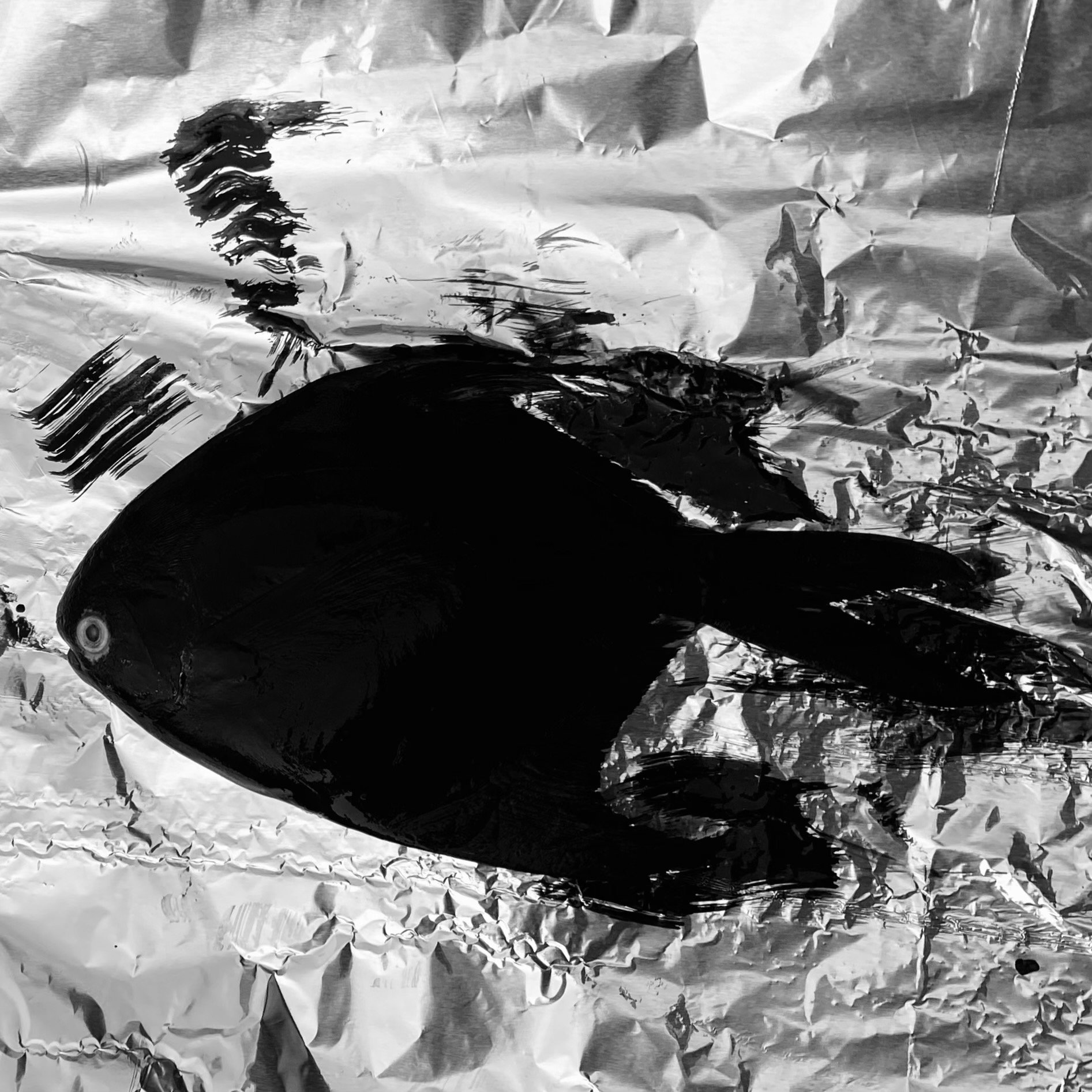
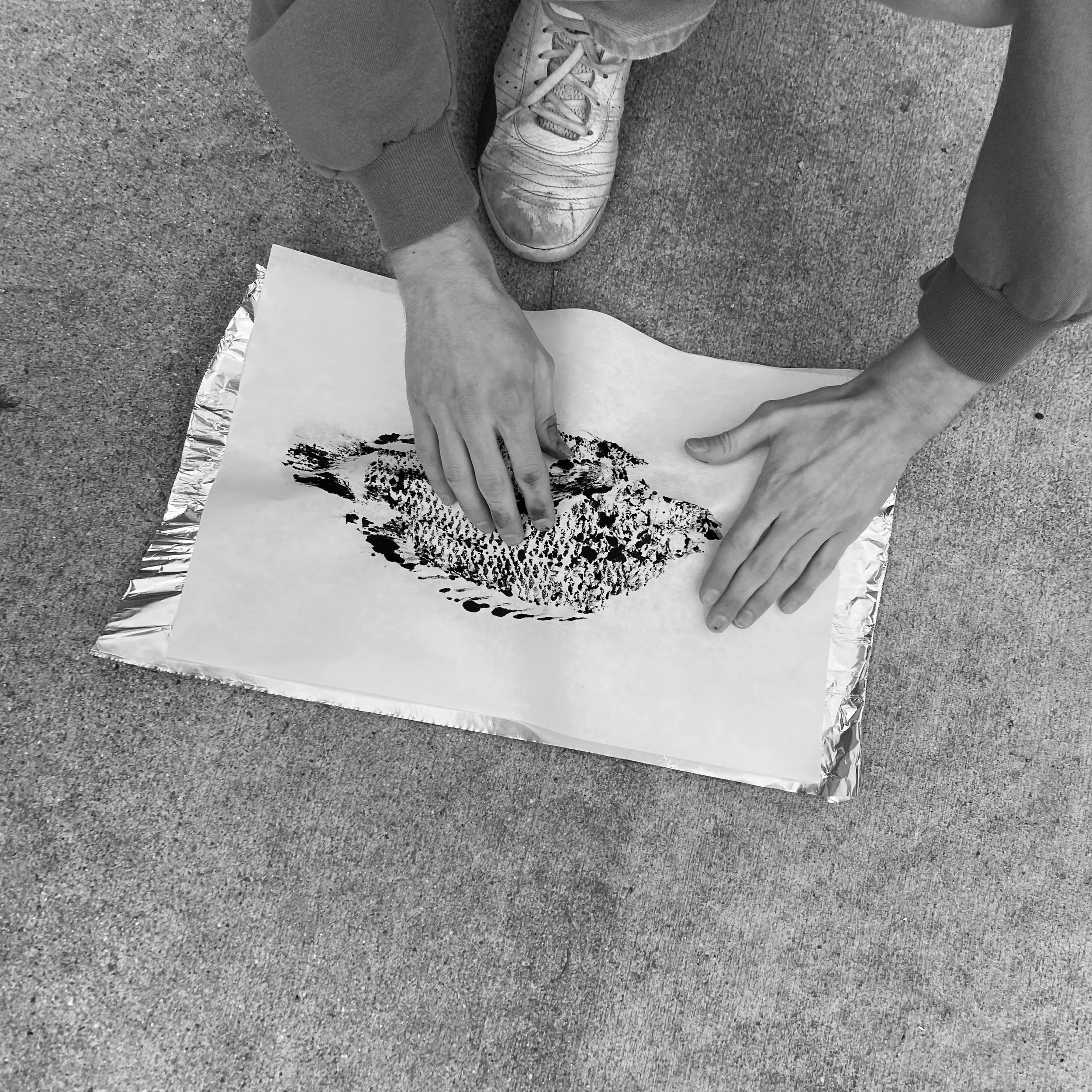
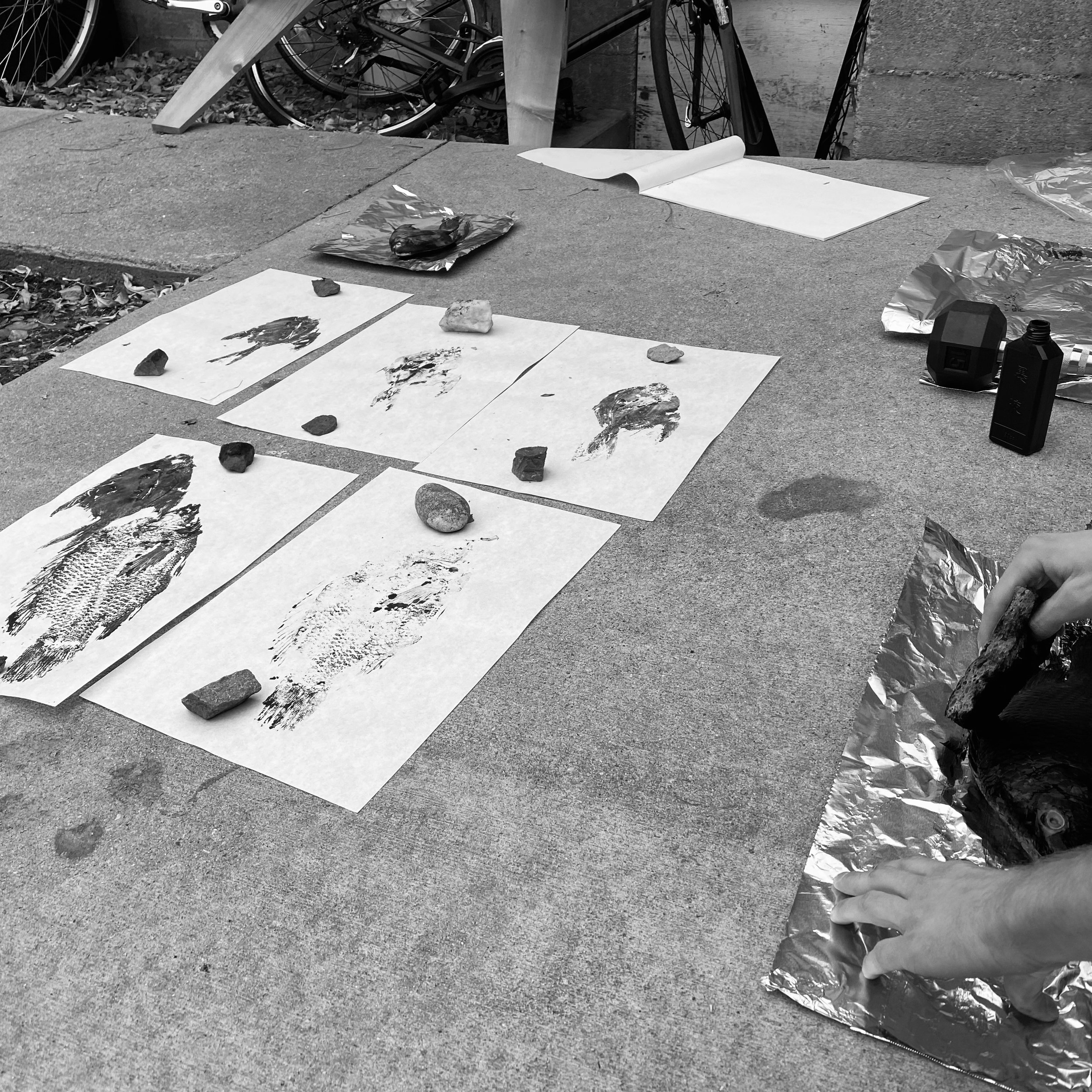
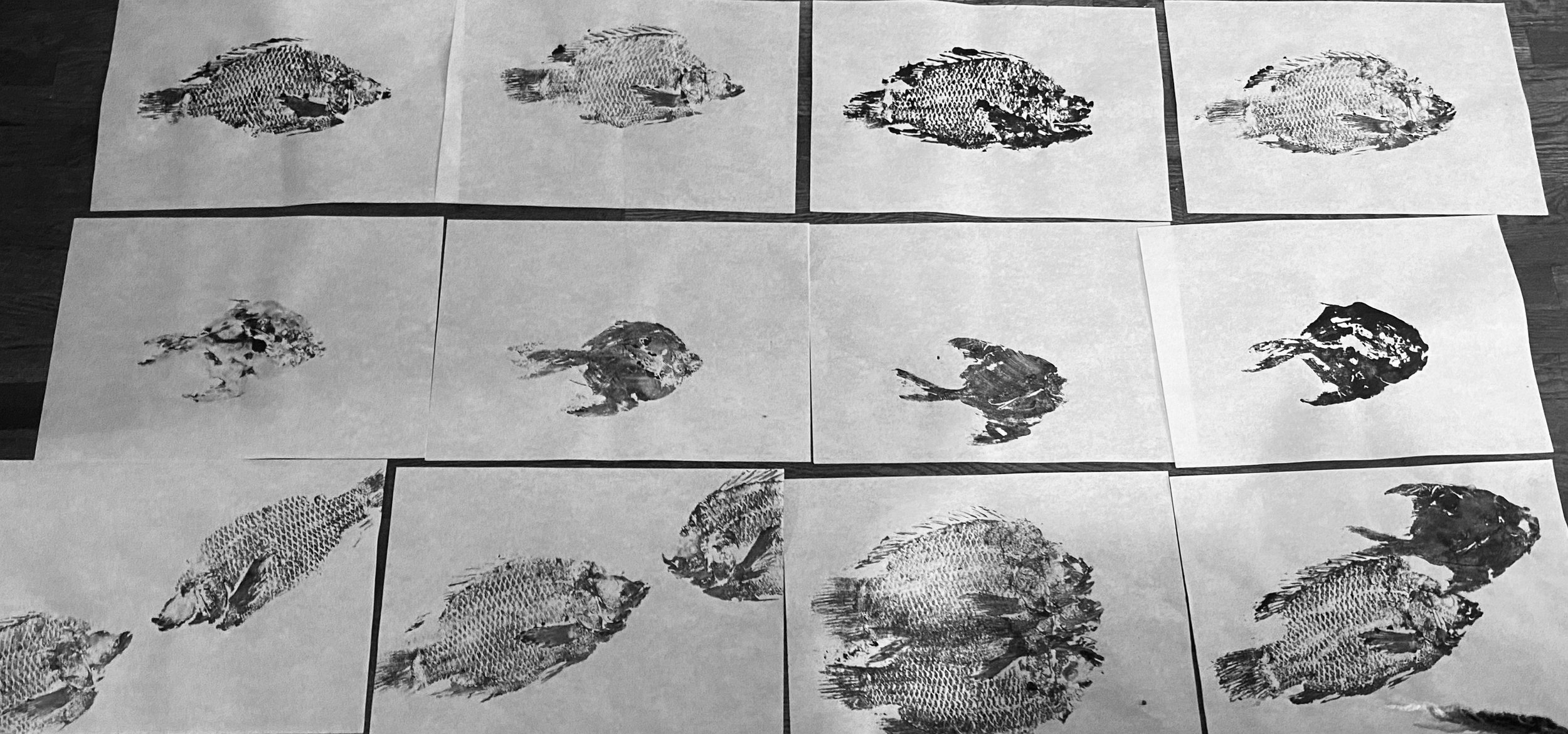


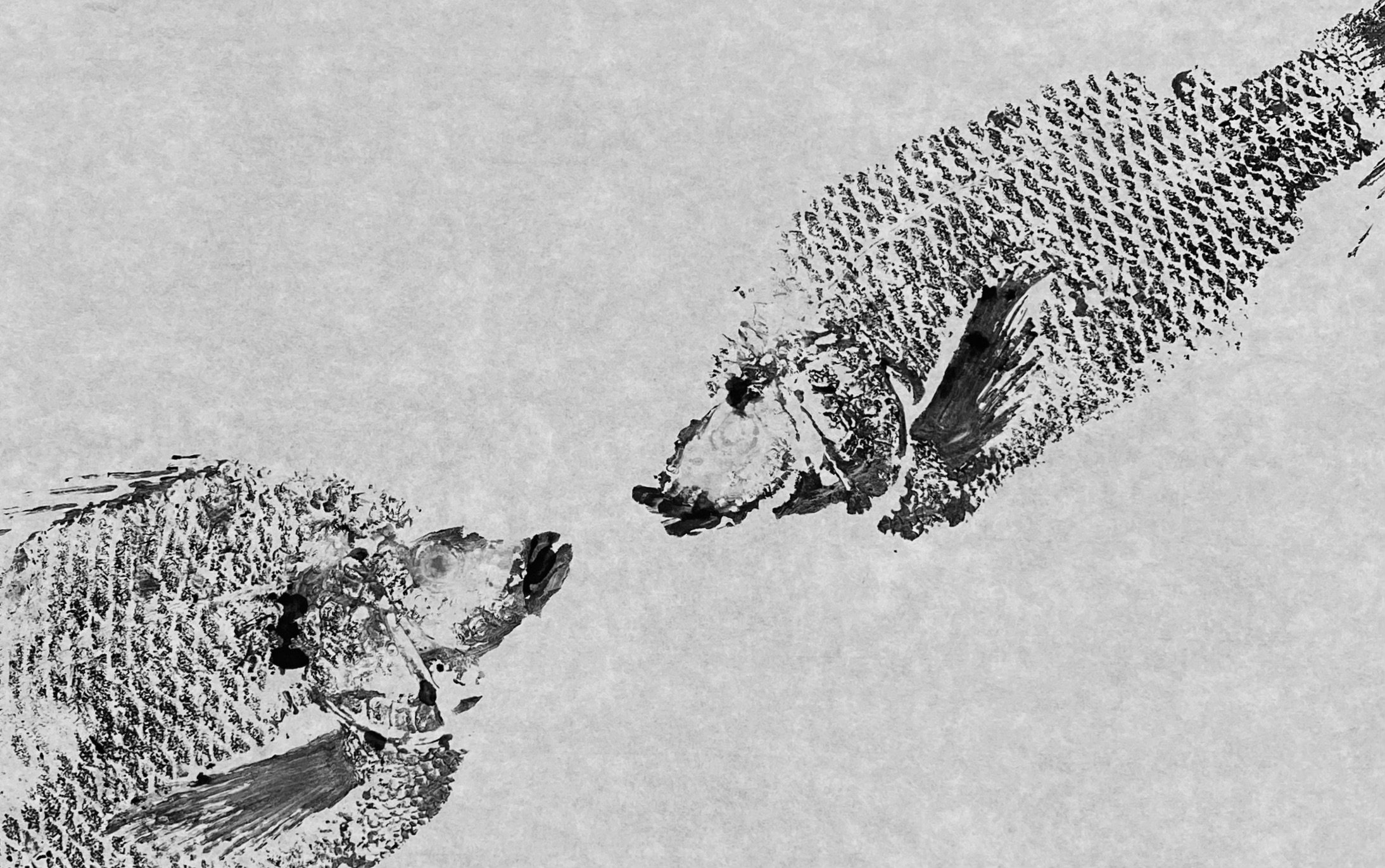
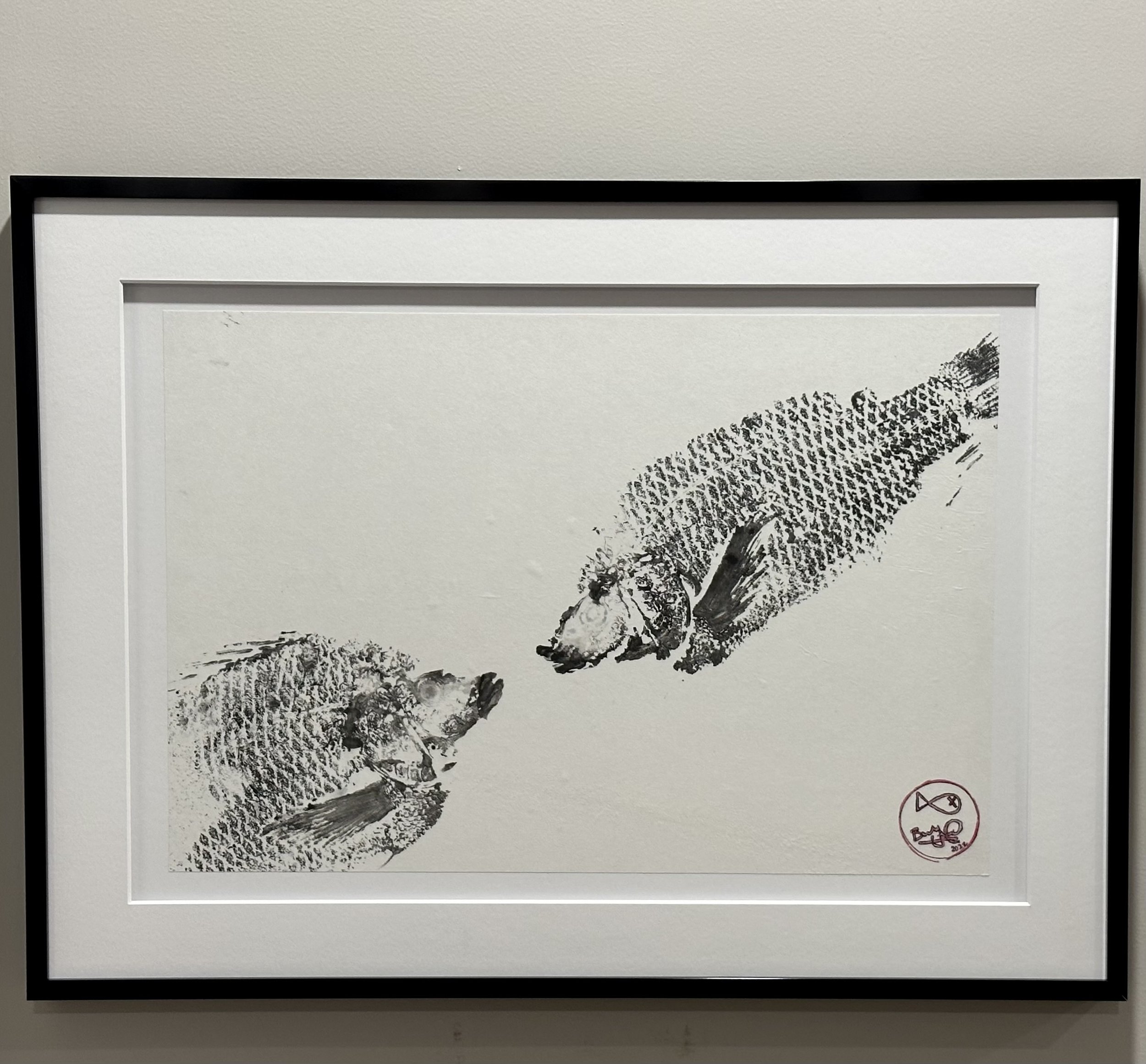
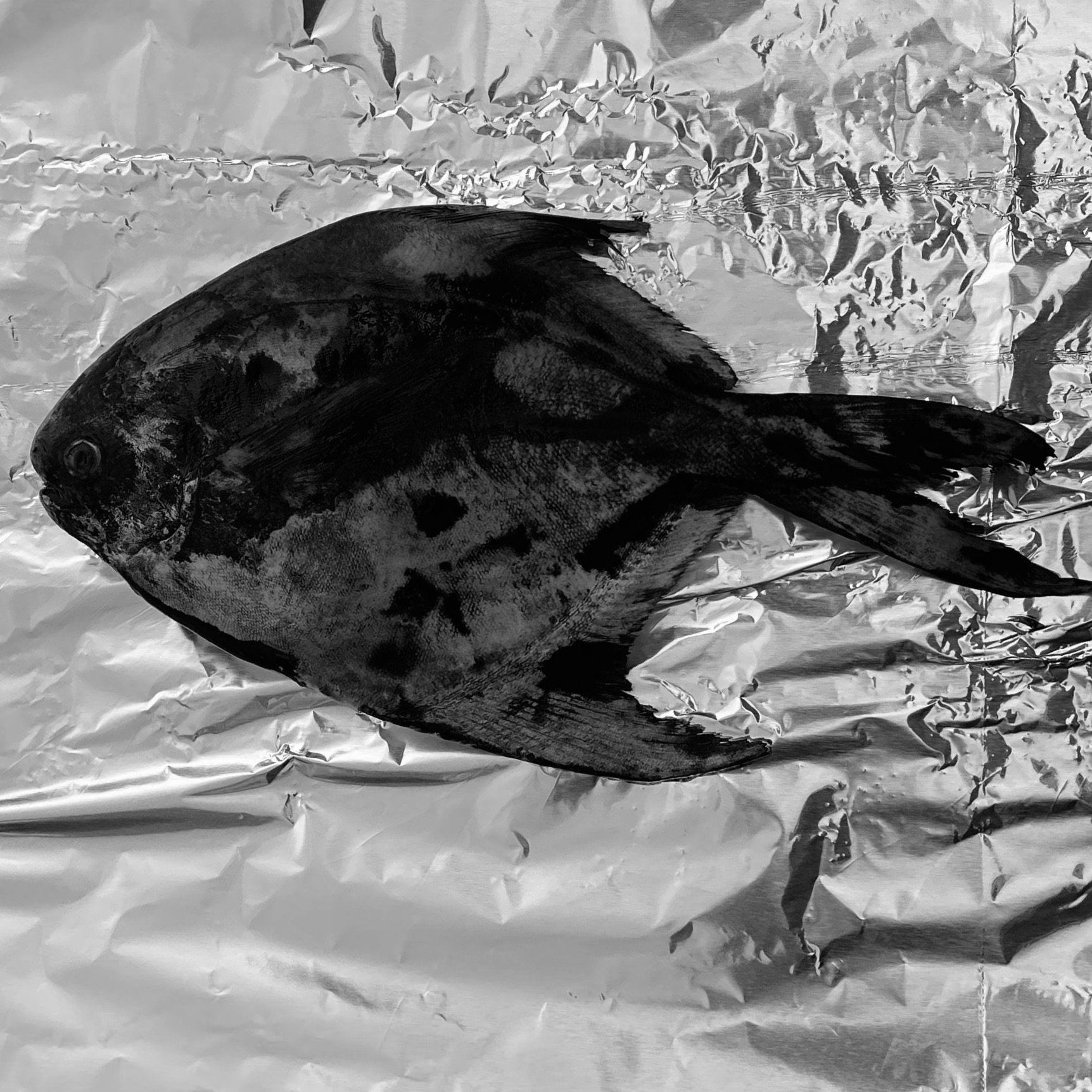
Gyotaku, an ancient Japanese art form, traces its origins to the early 19th century. Initially employed by fishermen to record their prized catches, Gyotaku evolved into a unique artistic practice. Using Sumi ink or paint, artists carefully apply pigments to actual fish and press rice paper onto their surfaces, capturing intricate details like scales and fins. This technique not only preserved the memory of fish but transformed them into exquisite visual representations. Over time, Gyotaku transitioned from a utilitarian method to a respected art form, celebrated for its fusion of nature and creativity. Today, Gyotaku fish prints continue to captivate enthusiasts, serving as a bridge between traditional craftsmanship and contemporary aesthetics.